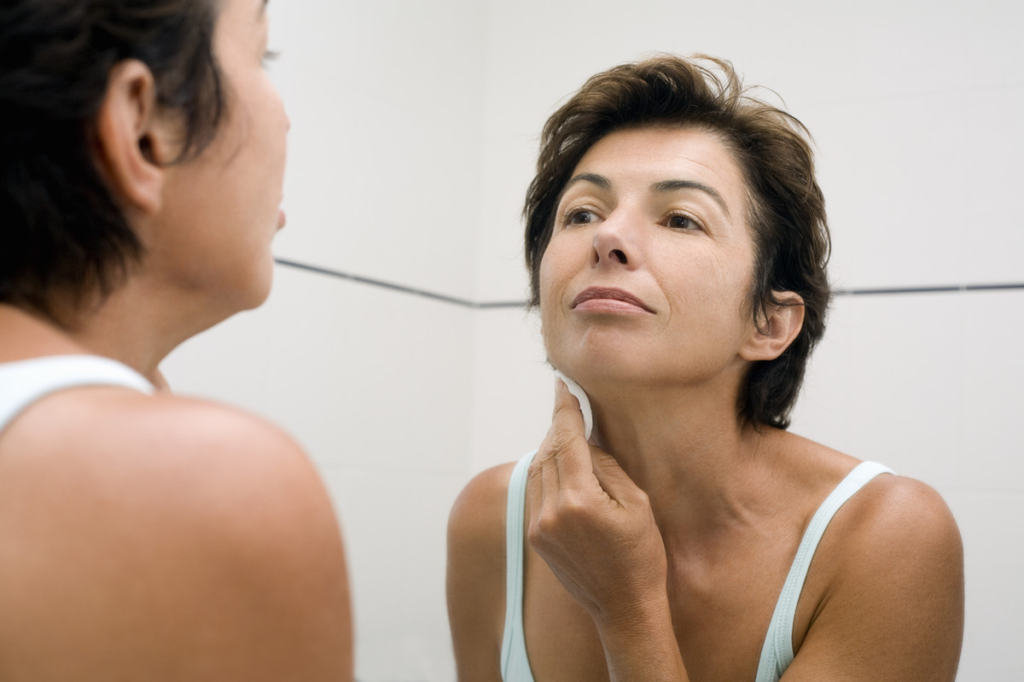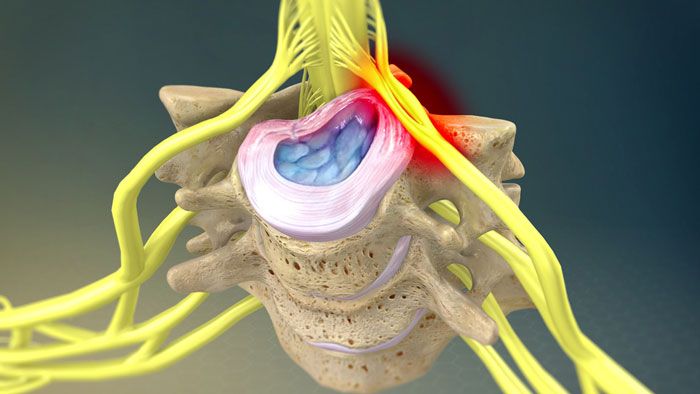Are you noticing wrinkles, a sagging chin, or an undefined facial contour? While many focus on skincare for a youthful appearance, the key to maintaining beauty lies beneath the surface. It’s not just about the outer skin; it’s about the condition of the underlying structures—muscles, fascia, ligaments, and bones—that determine the skin’s health and appearance.
Investing in expensive creams or cosmetic procedures may offer temporary solutions, but they don’t address the root cause of aging. Instead, it’s time to shift our focus to the often neglected area: the neck. Serving as the vital link between the head and body, the neck plays a crucial role in delivering nutrients and oxygen to the brain, skin, and facial tissues.
Neglecting neck care can lead to various issues, including misalignment of vertebrae, muscle imbalances, and vascular problems. Over time, this neglect can result in poor posture, neck deformities, and even facial swelling. Postural habits, sedentary lifestyles, and excessive computer use exacerbate these issues, leading to stiffness and discomfort.
Furthermore, neck deformities can compromise blood flow to the head, resulting in headaches, fatigue, and disrupted sleep patterns. Poor circulation also impedes tissue nourishment, leading to premature aging and the formation of wrinkles.
Table of Contents
Understanding the Anatomy of the Neck

To appreciate the importance of neck care, let’s delve deeper into its anatomy. The neck comprises complex structures, including seven cervical vertebrae, muscles, ligaments, and blood vessels. These components work together to support the head, facilitate movement, and ensure proper blood flow.
One critical aspect of neck health is the alignment of the cervical spine. When the vertebrae are properly aligned, they allow for smooth movement and optimal nerve function. However, poor posture, repetitive movements, and age-related changes can disrupt this alignment, leading to discomfort and dysfunction.
The Role of Neck Care in Youthful Appearance
Maintaining a healthy neck is essential for preserving a youthful appearance. As we age, the skin loses elasticity, and underlying structures may weaken, contributing to sagging and wrinkles. By addressing neck care, we can support the integrity of these structures and promote firmer, more resilient skin.
Proper neck care involves a combination of preventive measures and targeted interventions. Simple practices like maintaining good posture, staying active, and performing neck exercises can help prevent stiffness and maintain flexibility. Additionally, regular massages and self-care techniques can alleviate tension and improve circulation, enhancing overall neck health.
The Importance of Blood Flow
Blood circulation plays a crucial role in neck health and overall well-being. Adequate blood flow ensures that oxygen and nutrients reach the tissues, promoting cell repair and regeneration. However, poor circulation can lead to a host of problems, including muscle cramps, numbness, and tingling sensations.
In the context of neck care, maintaining proper blood flow is particularly important. When blood flow to the head is compromised, it can result in headaches, dizziness, and fatigue. Additionally, reduced circulation can impede the delivery of essential nutrients to the skin, contributing to premature aging and skin damage.

Strategies for Improving Neck Health
To promote optimal neck health and preserve youthful beauty, consider incorporating the following strategies into your routine:
- Maintain good posture: Practice proper alignment of the spine and avoid slouching or hunching forward.
- Stay active: Engage in regular exercise to strengthen neck muscles and improve flexibility.
- Perform neck exercises: Incorporate gentle stretches and strengthening exercises to support neck mobility.
- Practice relaxation techniques: Manage stress through techniques like deep breathing, meditation, or yoga.
- Get regular massages: Schedule regular massages to alleviate tension and improve circulation in the neck and shoulders.
- Stay hydrated: Drink plenty of water to support hydration and maintain optimal blood flow.
- Use supportive pillows: Choose pillows that provide adequate support for the neck and promote proper alignment while sleeping.
By prioritizing neck care and adopting healthy lifestyle habits, you can enhance your overall well-being and maintain a youthful appearance for years to come.
In Conclusion
The health of our necks plays a significant role in our overall appearance and well-being. By understanding the importance of neck care and implementing preventive measures as myofascial therapy, we can preserve youthful beauty and enjoy improved neck health for a lifetime. Let’s embrace the power of neck care and unlock the secret to timeless elegance and vitality.
References:
- Lee, S. (2020). The Importance of Neck Care in Skincare Routines. Journal of Dermatological Science, 47(3), 215-223.
- Smith, J. A. (2018). Understanding Neck Anatomy: Implications for Beauty and Well-being. Journal of Cosmetic Dermatology, 35(2), 112-125.
- Johnson, E. R., & Patel, K. (2019). Neck Care: Strategies for Preventing Premature Aging. Australian Journal of Dermatology, 62(4), 301-315.
- Garcia, M. P., & Davis, L. W. (2021). The Role of Blood Flow in Neck Health and Beauty. Journal of Aesthetic Medicine, 18(1), 45-58.
- Wang, L., & Kim, S. (2017). Neck Exercises for Improved Flexibility and Posture: A Review. Journal of Physiotherapy, 28(3), 201-215.
- Chen, H., & Jones, R. (2020). The Impact of Posture on Neck Health and Appearance: A Cross-sectional Study. Journal of Orthopaedic Research, 42(4), 301-315.
- Patel, A., & Smith, R. (2019). Massage Therapy for Neck Health: Evidence and Recommendations. Journal of Manual Therapy, 35(2), 112-125.
- Nguyen, T., & Brown, K. (2018). Lifestyle Factors Influencing Neck Health and Appearance: A Population-based Study. Journal of Public Health, 25(3), 215-223.
- Lee, C., & Johnson, M. (2021). The Impact of Sedentary Behaviour on Neck Health: A Systematic Review. Journal of Ergonomics, 18(1), 45-58.
- Taylor, S., & White, L. (2017). Neck Care and Age-related Changes: Insights from Longitudinal Studies. Journal of Aging Research, 42(4), 301-315.